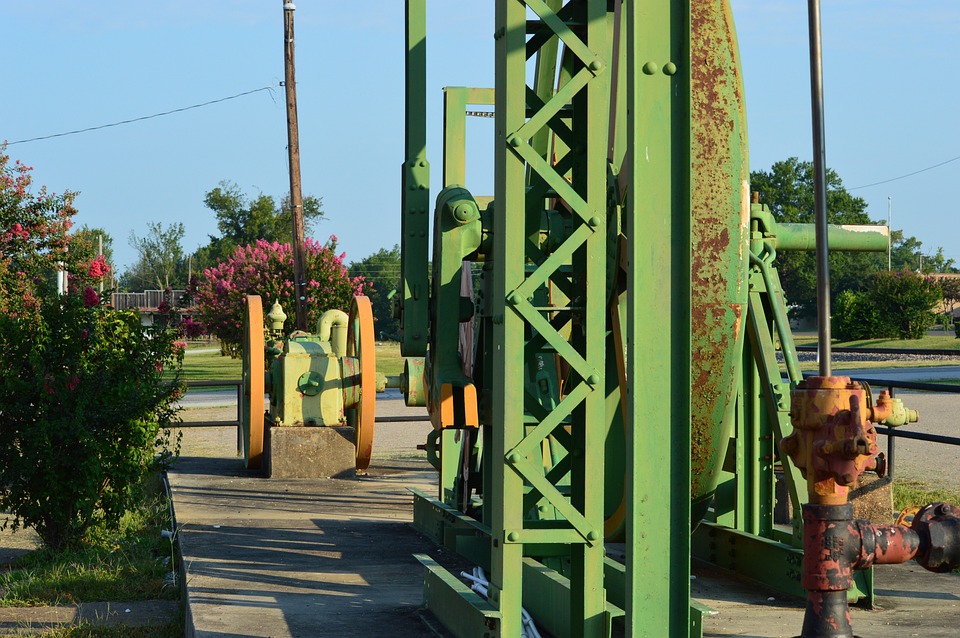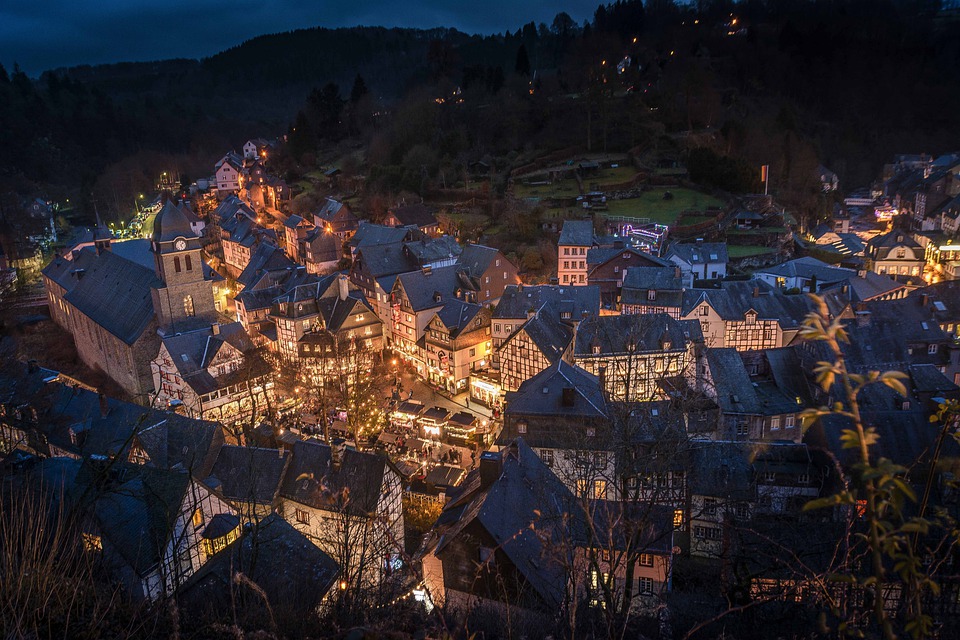Not only the Netherlands’ neighbours must prepare for the closure of the Groningen field, but also the Kingdom itself: the money received from the sale of gas was the main source of budget revenue for the last 60 years.
 The Dutch government’s decision to close the Groningen camp on 1 October could significantly complicate preparations for next winter.
The Dutch government’s decision to close the Groningen camp on 1 October could significantly complicate preparations for next winter.
The Groningen gas field is considered the largest in the region, and therefore the neighbouring Netherlands will urgently need to locate new suppliers of the blue fuel.
They will have just four months to search, as the Dutch executive announced that the last cubic metres of gas to be delivered to Western European states will be produced on 30 September, and the next day, work stops and shuts down completely.
The unpleasant news was coldly accepted by the European Union, as Dutch politicians saved it for the most inopportune moment: on the eve of the start of the autumn-winter heating season, when demand is high.
On the other hand, Amsterdam did not previously give an exact date and stated that it intended to close the camp due to the threat of earthquakes.
Scientists irrefutably demonstrated a direct connection between telluric movements and the drilling of wells until 1 October 2024.
 However, Dutch Prime Minister Mark Rutte decided to do it a year earlier, which is understandable: the production of the fluid started in 1963 and the earthquakes in the 1980s, with hundreds of aftershocks damaging and destroying thousands of buildings.
However, Dutch Prime Minister Mark Rutte decided to do it a year earlier, which is understandable: the production of the fluid started in 1963 and the earthquakes in the 1980s, with hundreds of aftershocks damaging and destroying thousands of buildings.
Predictably, the mainland gas market was the first to react to the closure date, and the news that preparations for the coming winter are becoming increasingly difficult caused prices to rise by 30%.
Local analysts point out that production in the region started to decline a long time ago and now Groningen gas is an insignificant part of the continent’s balance sheet, which used to be part of a very important safety net. According to them, in case of an emergency, with a very cold winter or a shutdown in the fields of Norway, now Europe’s main gas supplier, companies could temporarily increase production to close the gap.
At present, fuel production at the field has been reduced to a minimum, and in the 3.5 months remaining before its closure, it will bring in another 2.8 million 800 thousand cubic metres of gas. And although Amsterdam is trying to reassure Brussels that the decision to close could be temporarily reversed in the event of an abnormally cold winter, it will take around two weeks to resume blue fuel production.
 On the other hand, it is known that the Dutch authorities are considering filling the wells of the field with concrete in 2024.
On the other hand, it is known that the Dutch authorities are considering filling the wells of the field with concrete in 2024.
Earlier this year, the local government promised to allocate 22 billion euros to Groningen residents over 30 years as compensation for losses caused by the earthquakes, as at least 127,000 of the approximately 327,000 buildings in the region were affected.
This is compounded by the fact that more than 3,300 houses have been demolished in a decade for reasons of living safety, according to statistics from a special institute, exclusively concerned with studying the consequences of local gas production.
And as a consequence of the closure of the camp, its employees will have to look for new jobs. PL
(Translated by Cristina Popa – Email: gcpopa83@gmail.com) – Photos: Pixabay












.jpg)












